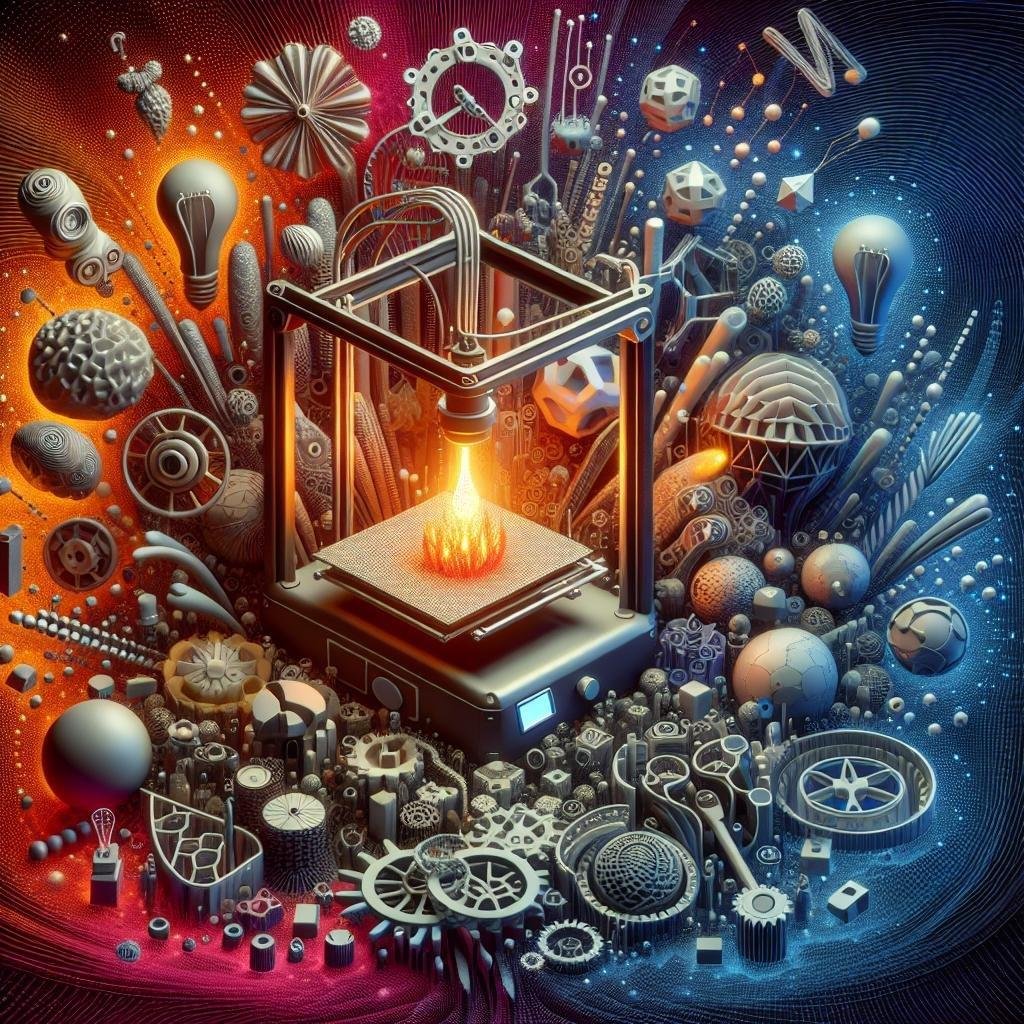In a world where imagination meets innovation, 3D printing is emerging as a modern-day alchemist, transforming dreams into tangible realities one layer at a time. Picture a future where creating complex medical devices, customized household items, or even entire buildings is as simple as pressing ‘print’—a future that is not only possible but already unfolding around us. With its roots in science fiction and its feet firmly planted in cutting-edge technology, 3D printing has become the artisan of the digital age, offering solutions to some of the most pressing real-world problems. Whether you are a tech enthusiast marveling at the endless possibilities or someone simply curious about this digital marvel, come along as we explore how 3D printing is revolutionizing industries, reshaping economies, and reimagining the way we approach everyday challenges. Welcome to a world where the only limit is the breadth of our creativity.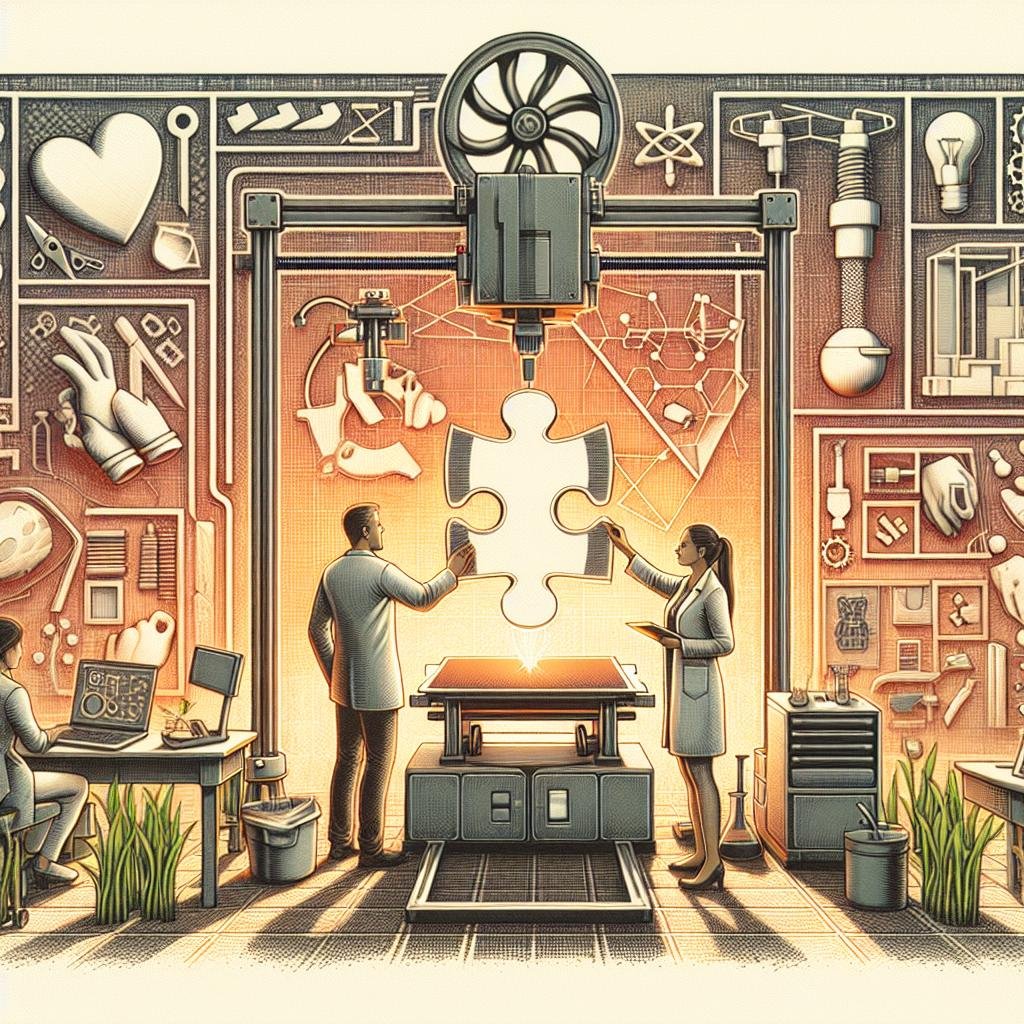
Revolutionizing Health: 3D Printing Breakthroughs in Medical Solutions
3D printing has opened up a universe of possibilities in the medical field, presenting innovative solutions that once seemed like science fiction. With its ability to customize and create patient-specific solutions, 3D printing continues to revolutionize the way healthcare professionals approach treatment. A few groundbreaking applications that have already been implemented include:
- Prosthetics: Custom prosthetics are now faster and more affordable to produce, meeting the unique needs of each patient.
- Organ Models: Detailed 3D organ models are used in surgical planning, allowing surgeons to visualize and practice procedures before the actual operation.
- Bioprinting Tissues: The development of living tissue matrices can lead to breakthroughs in testing and regenerative medicine.
| Solution | Benefit |
|---|---|
| Custom Prosthetics | Increases comfort and fit |
| Dental Implants | Enhances precision and aesthetics |
| Surgical Guides | Reduces surgery time and risk |
Furthermore, the flexibility of 3D printing makes it possible to address challenges related to global healthcare inequality. By decentralizing the manufacturing process, essential medical devices and supplies can be produced locally, reducing costs and improving access in underserved areas. This technology tailors its solutions to meet the most pressing needs of diverse populations, ensuring that innovations reach every corner of the world where they’re needed most. The outcome is not just a leap in healthcare advancements but a step towards making quality healthcare a universal reality.
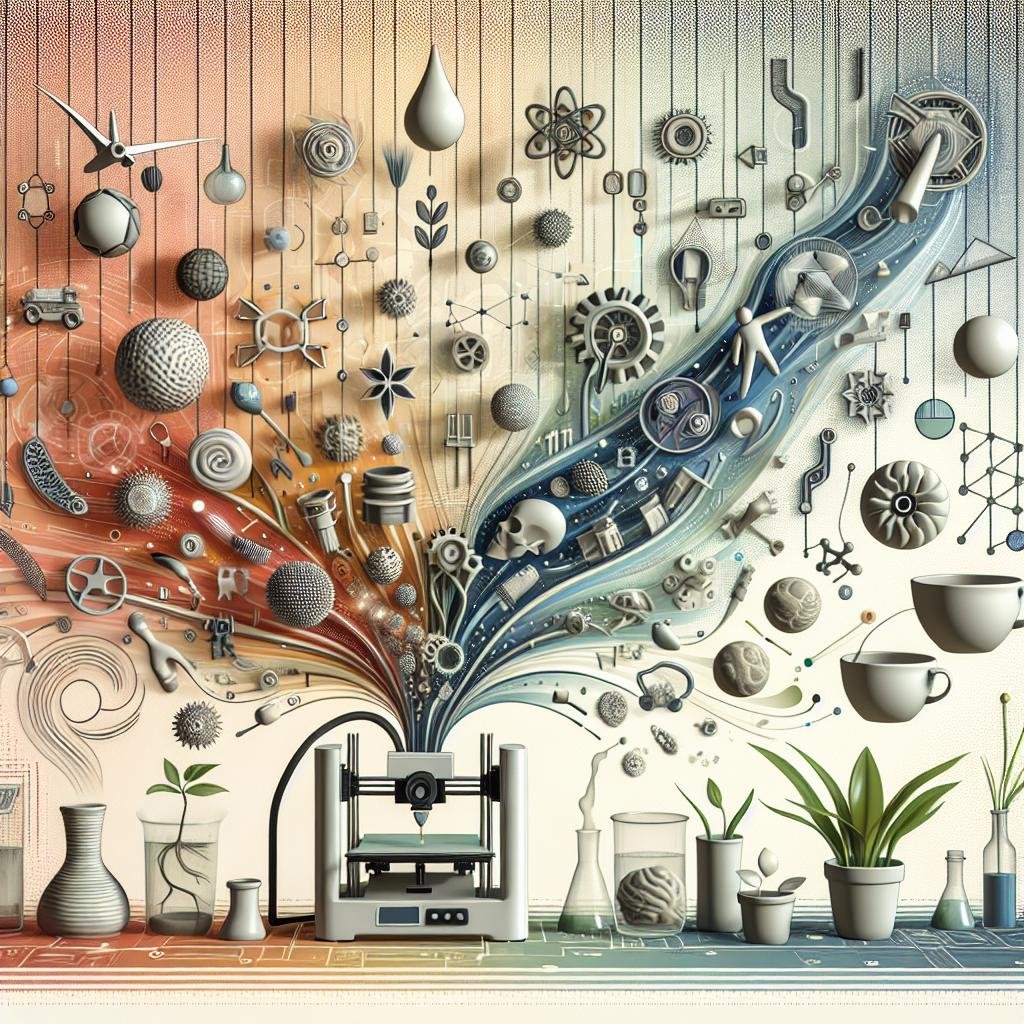
Building a Sustainable Future: Eco-Friendly 3D Printing Innovations
In recent years, the advent of 3D printing technology has sparked an innovative shift towards sustainability, with awe-inspiring applications springing up across a myriad of fields. Significantly, eco-friendly materials, particularly those derived from renewable sources, are being integrated into 3D printing processes. These materials not only reduce the carbon footprint but also provide innovative solutions to challenges like pollution and waste management. Today, you can find bio-based plastics, recycled plastic filaments, and even algae-derived materials being deployed, replacing traditional and non-biodegradable options. This turn towards sustainable practices is proving instrumental in reshaping industries, notably reducing waste in manufacturing sectors, as components can be printed on-demand and in precise quantities.
The versatility of 3D printing doesn’t stop at materials. It expands into ingenious applications such as biodiverse habitats, where 3D printing is employed to create artificial coral reefs, offering marine life a haven amidst declining natural habitats. In urban environments, 3D printed structures using repurposed materials not only address housing shortages but also integrate features conducive to energy efficiency, such as optimized designs for natural light and ventilation. Some notable applications include:
- Renewable Energy Components: Producing customized parts for wind turbines and solar panels.
- Medical Prosthetics: Crafting affordable, custom-fit prosthetics and orthotic devices.
- Innovation Labs: Enabling rapid prototyping for eco-friendly product designs.
| Application | Eco-Friendly Attribute |
|---|---|
| Biodiverse Habitats | Marine and wildlife conservation |
| Urban Infrastructure | Reduced material waste |
| Medical Innovations | Biodegradable materials |
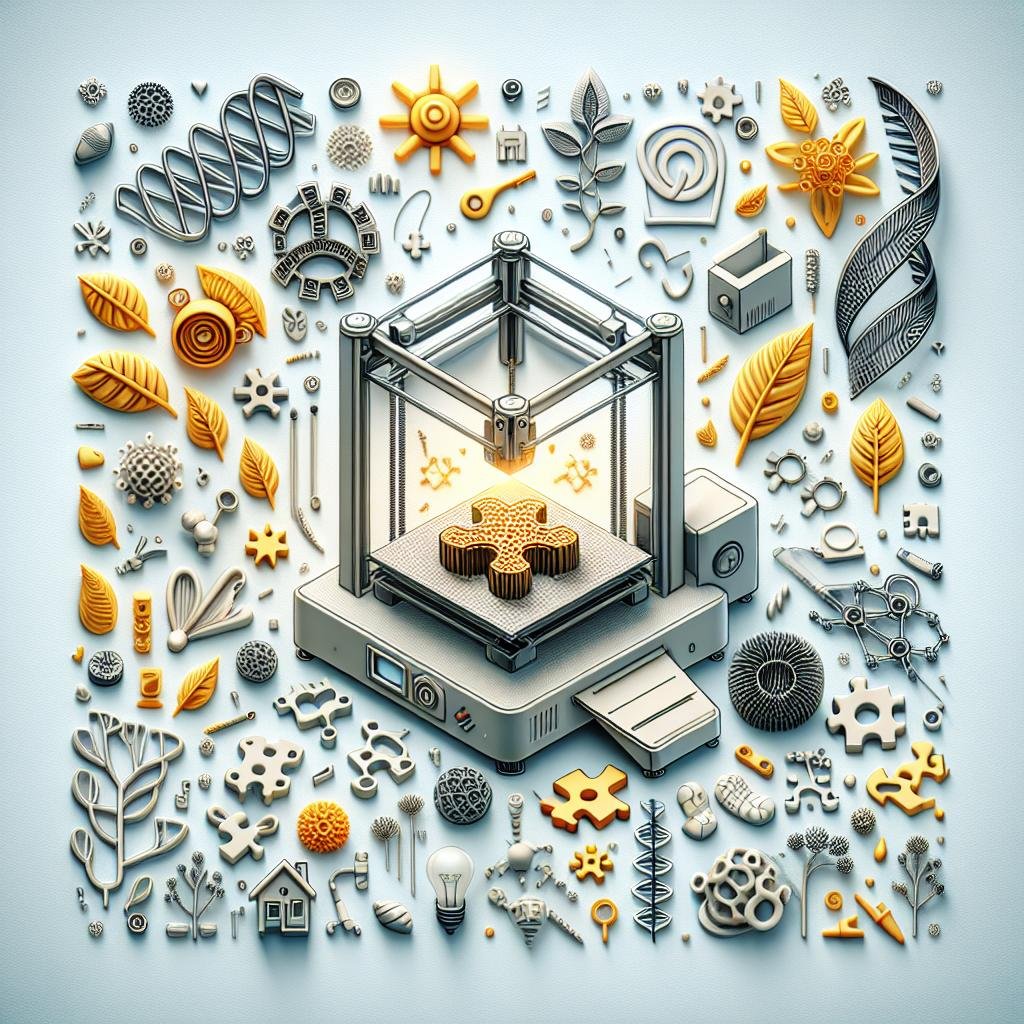
Education Reimagined: Transformative 3D Printing in Classrooms
In today’s rapidly transforming educational landscape, 3D printing is stepping up as a game-changer, turning imagination into tangible reality. Whether you’re a passionate educator seeking to inspire curiosity or a student yearning to unleash your creativity, there’s no denying the revolutionary impact of 3D technology. From crafting historical artifacts in history lessons to building scientific models for biology and chemistry studies, this innovative tool does more than just brighten up lessons—it equips learners with the practical skills to address real-world challenges.
- Available options to produce custom parts for engineering projects
- Interactive platforms for art and design innovation
- Hands-on learning experiences in a collaborative environment
- Accessible resources for special needs education
The creativity doesn’t stop in the classroom—students are harnessing 3D printing to tackle issues beyond the school gates. Imagine students designing low-cost prosthetic limbs or building functional devices for the visually impaired; these are just a slice of the possibilities. Coupled with a supportive educational infrastructure, this empowers young minds to initiate meaningful change. Through collaboration with local industries and communities, schools can foster a culture of innovation and problem-solving. Below are some innovative project ideas:
| Project Idea | Problem Addressed |
|---|---|
| Eco-Friendly Packaging | Reduction of single-use plastics |
| Custom Orthotics | Affordable healthcare solutions |
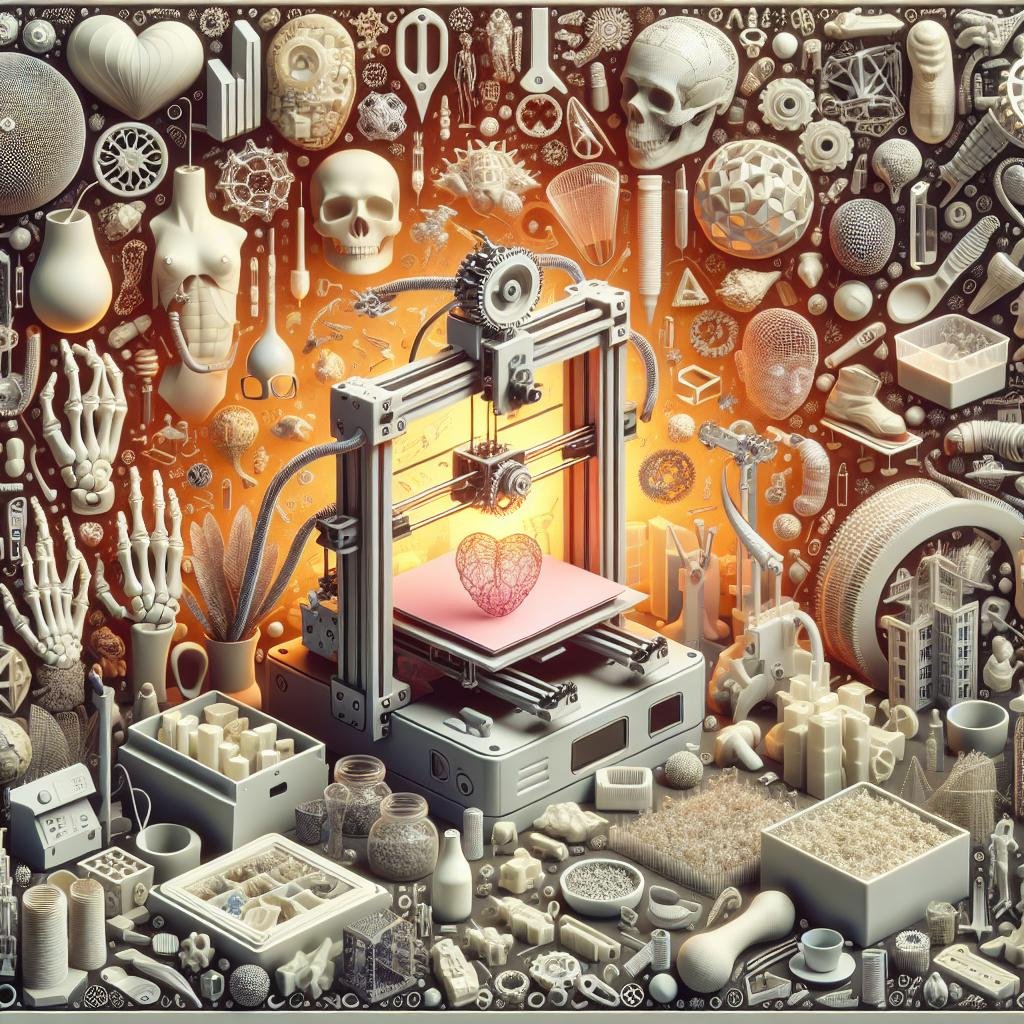
From Prototype to Production: How to Harness the Full Potential of 3D Printing
The journey from a simple idea sketched on a napkin to a tangible, functional product is often riddled with challenges. 3D printing, however, is transforming this path into a more efficient and accessible one, enabling creators to leap from prototype to production with unprecedented speed. This technology serves as a powerful tool in bridging the gap between imagination and implementation. Conventional prototyping, often limited by time, complexity, and cost, yields to the potentials of 3D printing, where adjustments can be made swiftly and economically. By embracing this technology, industries from healthcare to automotive can rapidly iterate designs, testing them in real-world scenarios with minimal expense.
Unlocking the potential of 3D printing requires thoughtful integration of its capabilities into production workflows. Several strategies can be employed to ensure success:
- Material Selection: Opt for materials that align with the product’s functional requirements and sustainability goals.
- Design Optimization: Leverage design software to create structures not possible through traditional manufacturing.
- Scale-Up Strategies: Implement scalable printing technologies to accommodate larger production volumes without sacrificing quality.
| Challenge | 3D Printing Solution |
|---|---|
| High Prototype Costs | Low-cost iterative designs |
| Limited Design Flexibility | Complex geometric freedom |
| Slow Production Times | Rapid on-demand manufacturing |
Q&A
Q&A: Solving Real-World Problems with 3D Printing
Q1: What exactly is 3D printing, and how does it work?
A1: Imagine a magical machine that creates objects layer by layer, much like icing a cake! That’s 3D printing for you. At its core, it’s a process called additive manufacturing, where materials like plastic, metal, or resin are deposited in layers, following a digital blueprint, until the desired 3D object is complete. It’s like sculpting, but in reverse—adding instead of subtracting. And the best part? You don’t need to be a wizard to operate it!
Q2: I’ve heard 3D printing can solve real-world problems. How so?
A2: Oh, absolutely! 3D printing has been a game-changer across multiple fields. In healthcare, it’s creating custom prosthetics in a snap, tailored perfectly to the patient. In construction, entire houses are being printed in mere days! And let’s not forget the environment—3D printing is reducing waste by using only the necessary materials. It’s providing affordable, sustainable solutions at lightning speed. Think of it as a trusty sidekick, always ready to step in and save the day!
Q3: Wow, that sounds impressive! Are there any unusual applications of 3D printing?
A3: Hold onto your hat, because the world of 3D printing is full of surprises! Artists are using it to create stunning sculptures, pushing the boundaries of imagination. In the culinary arts, chefs are whipping up edible masterpieces—chocolates with intricate designs and pasta shaped like tiny works of art. Even fashion designers are crafting unique garments, weaving innovation into every thread. The possibilities are as endless as your creativity.
Q4: Are there any challenges that come with this technology?
A4: Like any superhero, 3D printing has its kryptonite. While its potential is vast, challenges still loom. Material limitations can restrict certain applications, and the technology is still evolving to meet demands for speed and scale. There’s also a learning curve in mastering design software. But fear not! The 3D printing community is growing every day, sharing knowledge and pushing boundaries, making these hurdles smaller with each leap.
Q5: How can someone get started with 3D printing?
A5: Ready to dive in? Start by exploring online resources and tutorials—many communities are eager to help newbies. Consider investing in a beginner-friendly 3D printer; they’re more affordable than ever. Look up free software for designing your own creations. And most importantly, let your imagination run wild! With 3D printing, you’re only limited by your creativity, so get out there and start turning your ideas into reality.
Q6: What is the future of 3D printing?
A6: The future is shining bright, with limitless paths. Expect advancements in speed, materials, and precision. Researchers are exploring bioprinting to create organs, hoping one day we’ll print heart transplants instead of waiting on donors. The technology could revolutionize space exploration, enabling astronauts to print tools on-demand. Someday, even you might download and print your next pair of sneakers! Keep dreaming big, because in the world of 3D printing, dreams really can take shape.
Insights and Conclusions
As we wrap up our exploration into the remarkable realm of 3D printing, it’s clear that this technology is not just a fleeting trend but a formidable tool reshaping the blueprint of possibilities in our world. From crafting intricate medical devices that save lives to constructing eco-friendly housing that offers hope to communities in need, 3D printing is a testament to human ingenuity and our relentless drive to innovate.
In a world that often feels bound by its challenges, 3D printing invites us to envision a future where our imagination is the only limit. It encourages us to dream bigger, to problem-solve with a creative flair, and to approach every obstacle with the mindset that if we can imagine it, we can probably print it.
So next time you encounter a problem, big or small, remember the power that comes from thinking outside the box—and perhaps, printing from one too. The magic of 3D printing is not just in the technology itself but in the countless hands and minds using it to forge a better, brighter world for us all. Together, let’s keep building that future—layer by layer.

